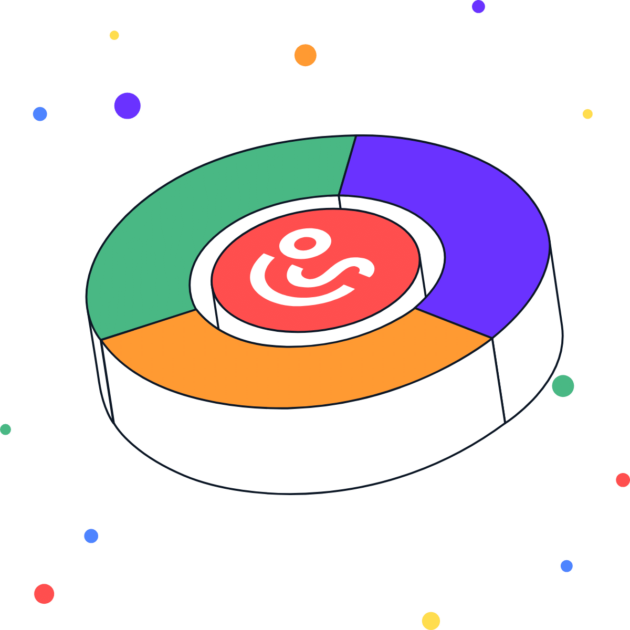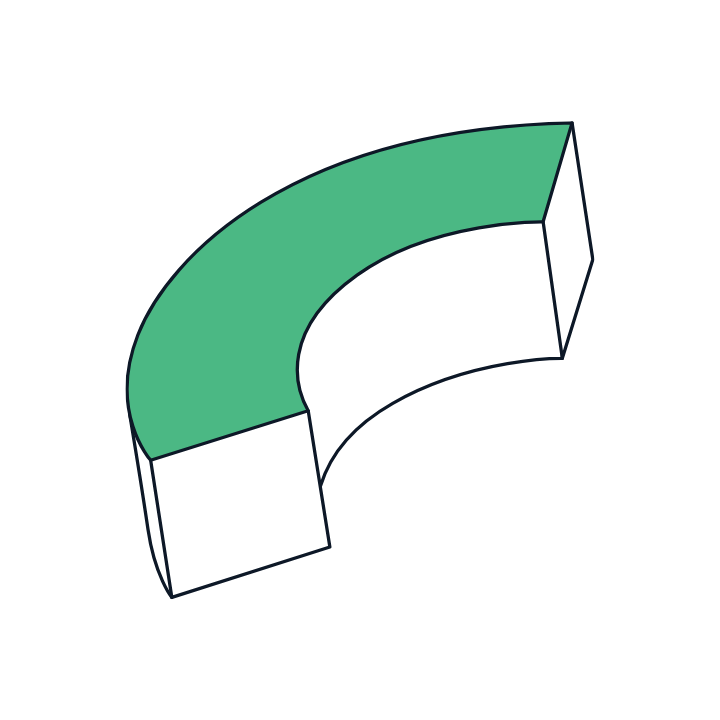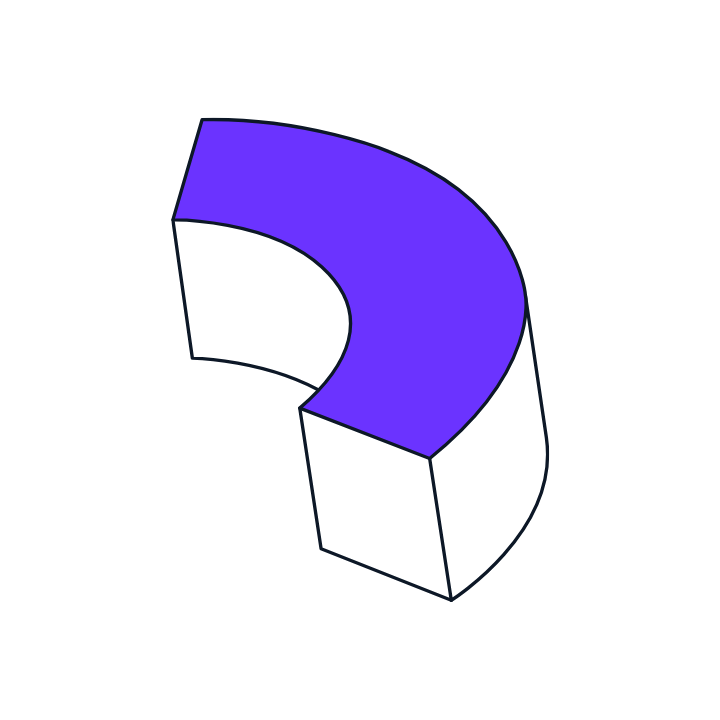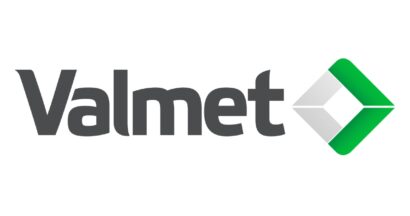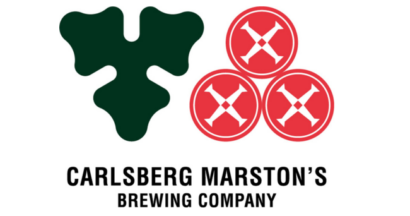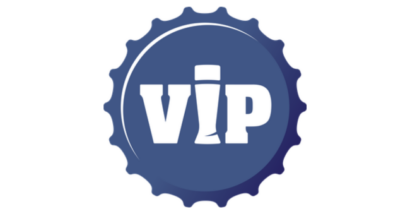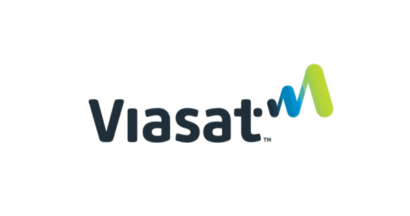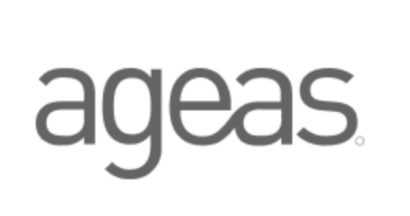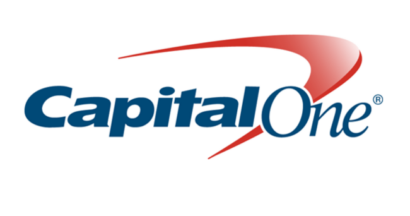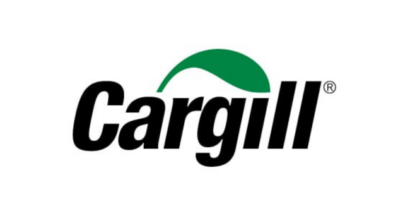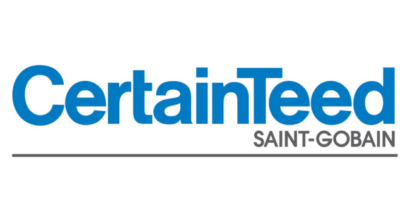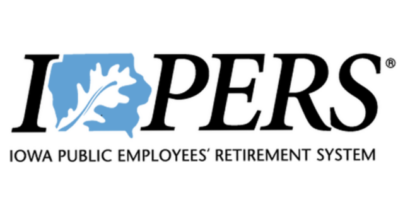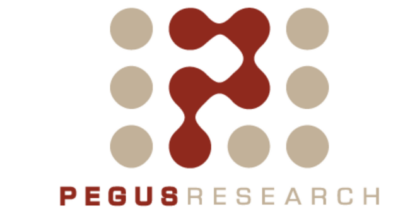The Challenge
The nonprofit organization had several reasons to reach out to Original Software to get help with their solutions.
Primarily to address their chaotic relationship with User Acceptance Testing: there was very little control and visibility over what had been done, and managing the UAT process was time-consuming and difficult.
A higher-than-average staff turnover meant that new staff members had to be trained on the systems for each UAT release. Familiarization and guidance were pre-requisite before they could test it. These included a bespoke Salesforce and customer web portal.
The ability to disseminate and articulate requirements were both cumbersome and ad-hoc, and there were no centralized repository or reusable test cases.
The process was run by IT or the PMO, but resources were from all over the business, so there was no standardization of feedback. Error reports were submitted via phone, email, excel spreadsheets and word of mouth, but they all contained different levels of information that were proving hard to triage.
Regression was limited as there was not enough time or resources to complete what was required. This meant test coverage was patchy and led to incidents being found in the production environment.
Capturing information
After implementing the Original Software platform, the entire process began to change for the better.
Initially implementing UAT control and management, the highly customizable management portal was configured to allow the best workflows and information to help the customer.
Instant Test Management
The newly implemented agile hybrid process used by our customer was completely supported and enhanced by the collaborative approach taken at implementation. This meant that the key resources saved significant time by having the necessary KPIs and information at their fingertips to manage the process as required. What used to take days, with lots of phone calls and requested updates, was now instantaneous.
Faster and few defects in live
With a standardized feedback approach implemented, it was easy to see what had been tested, making triage and defect resolution much quicker.
Although only using simple automation initially, this enabled a much greater coverage of the basic business test cases to ensure that the number of defects found in live dropped significantly.
The capture of errors before the UAT phase meant that the business testers spent less time finding bugs and more time giving opinions which is what the organization wanted to ensure a more streamlined application.
What next? (the vision moving forward)
Due to the success of the initial implementation, the future is already here for the nonprofit, with the number of users tripling as the solution is spread to more teams.
Using the UAT management and capture technologies has significantly moved the release schedule forward, allowing more relevant business-focused functions to be used much earlier than would otherwise have happened.
On the automation front, as the platform is technology-agnostic, more of their applications will be brought into the portfolio so that even more risk and time to delivery can be reduced. This, coupled with more depth and breadth in the automation test cases created, will ensure future success.
Successful support
Excellent and timely customer service from Original Software really helped the project..
Part of the success of this organization was down to the Original Software support team and their ability to implement, train and support the staff to achieve the best results.
Talk to us









